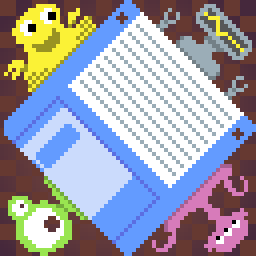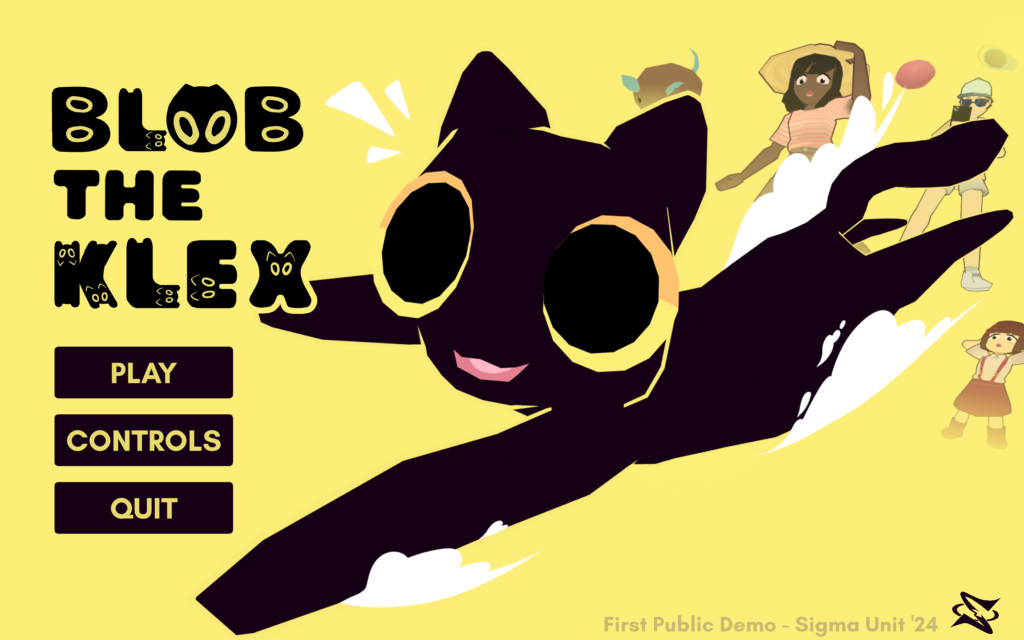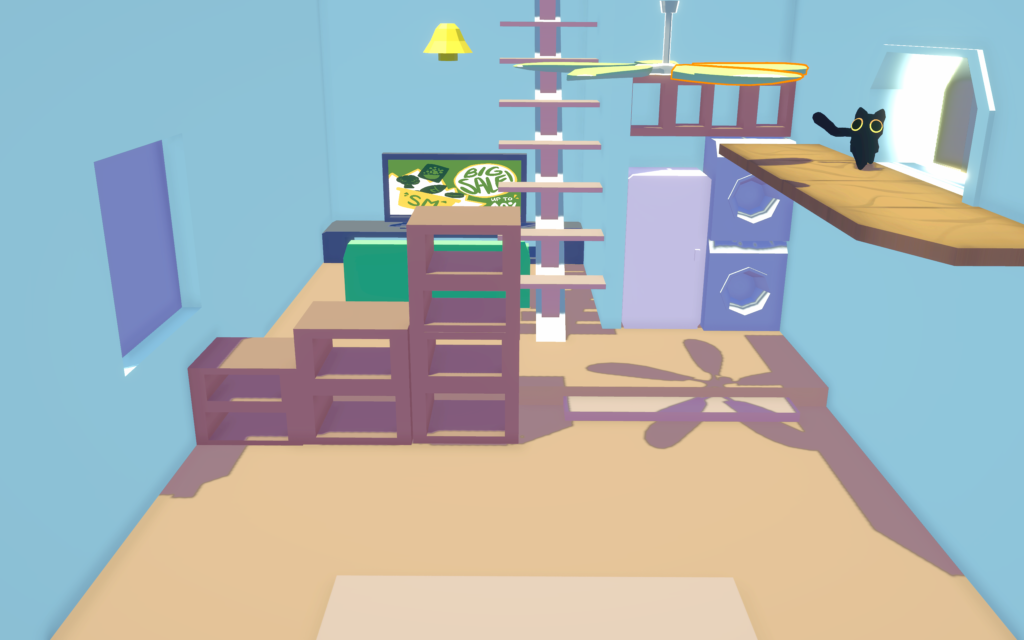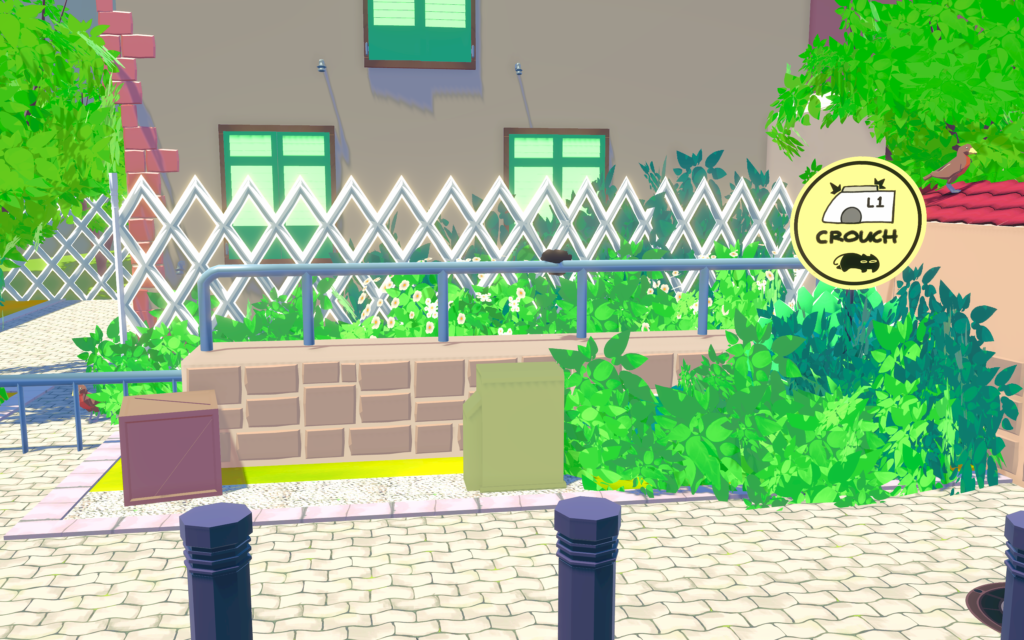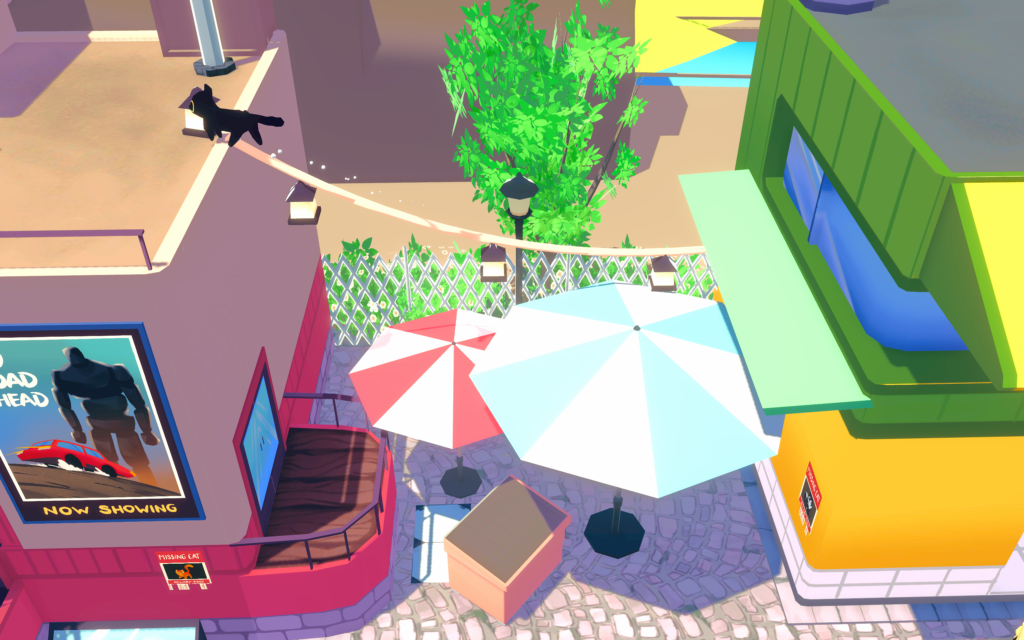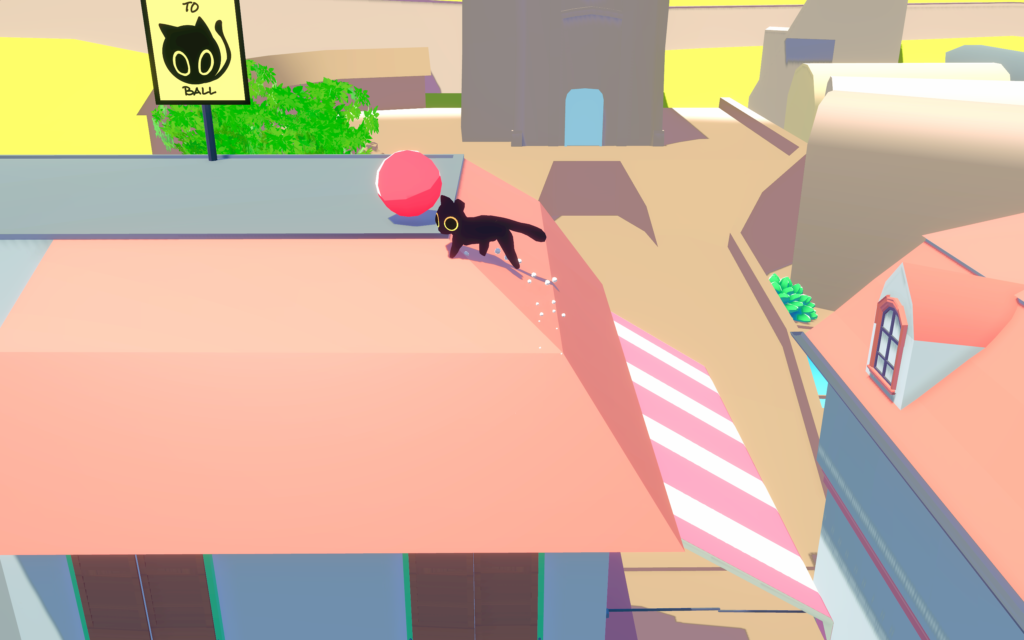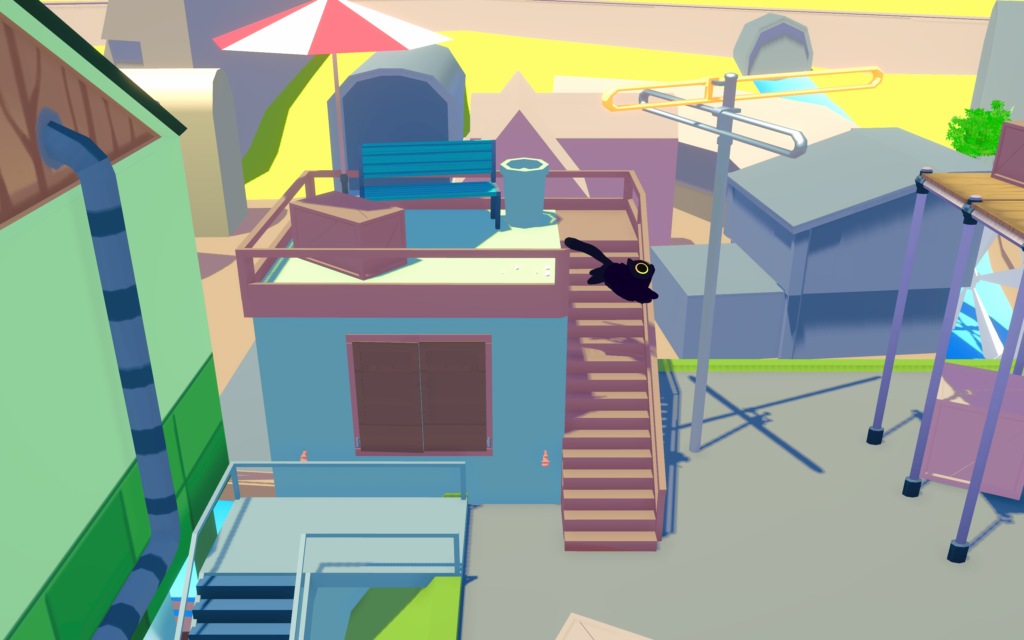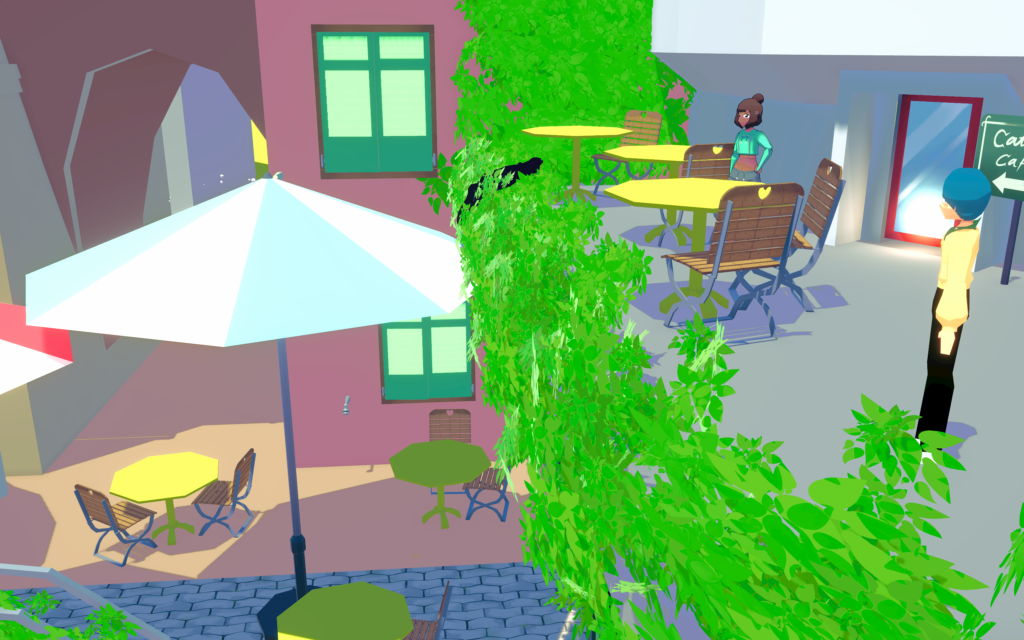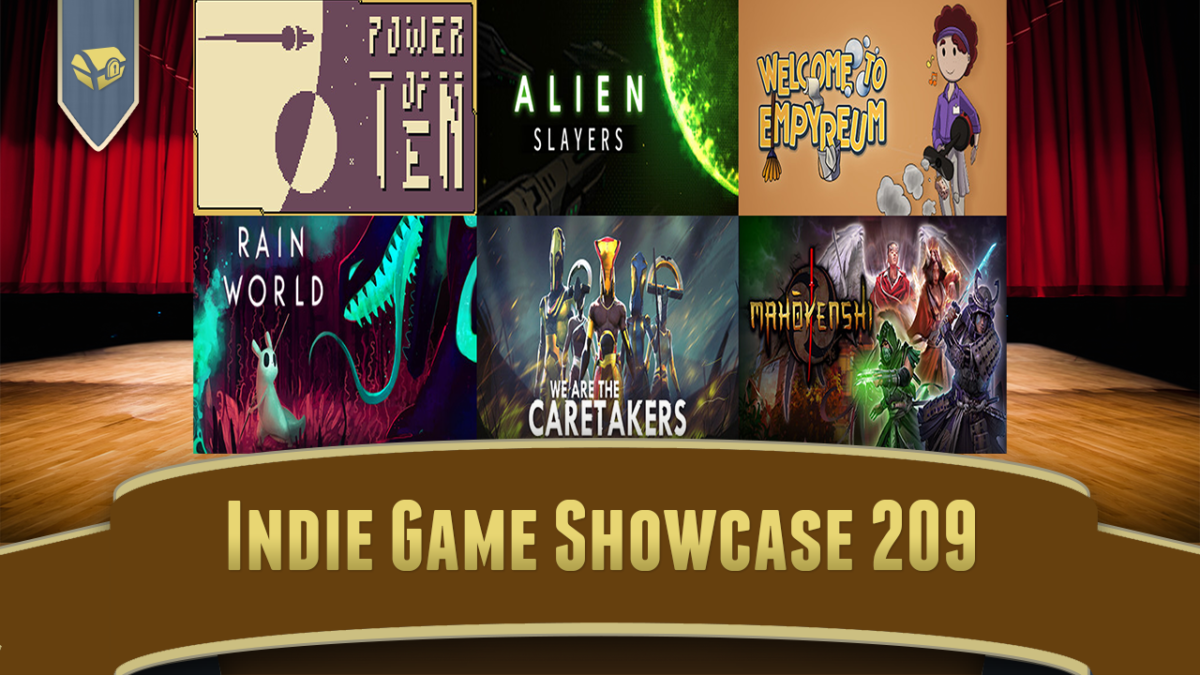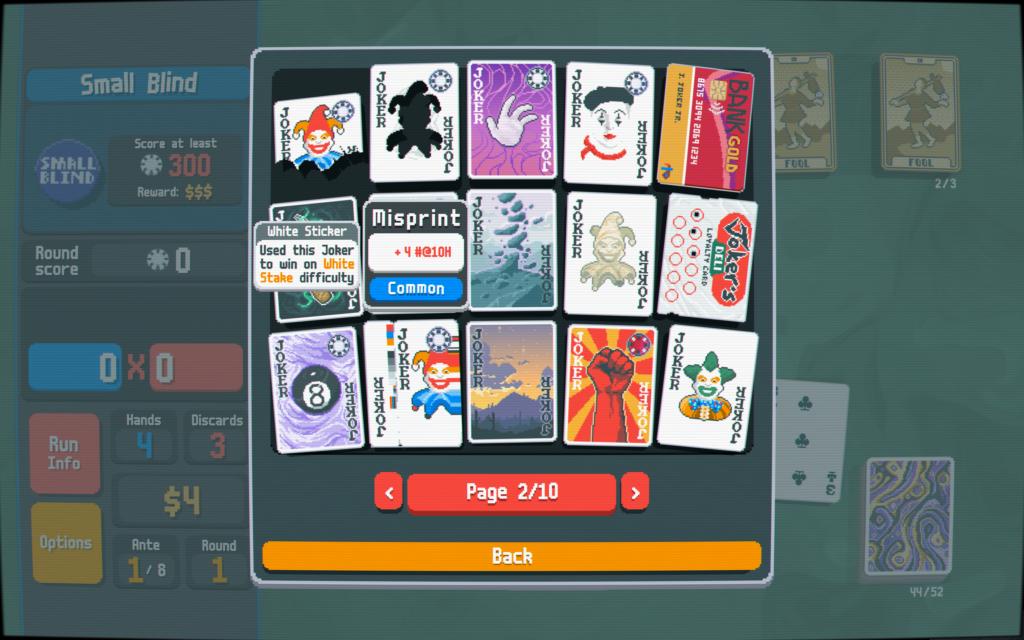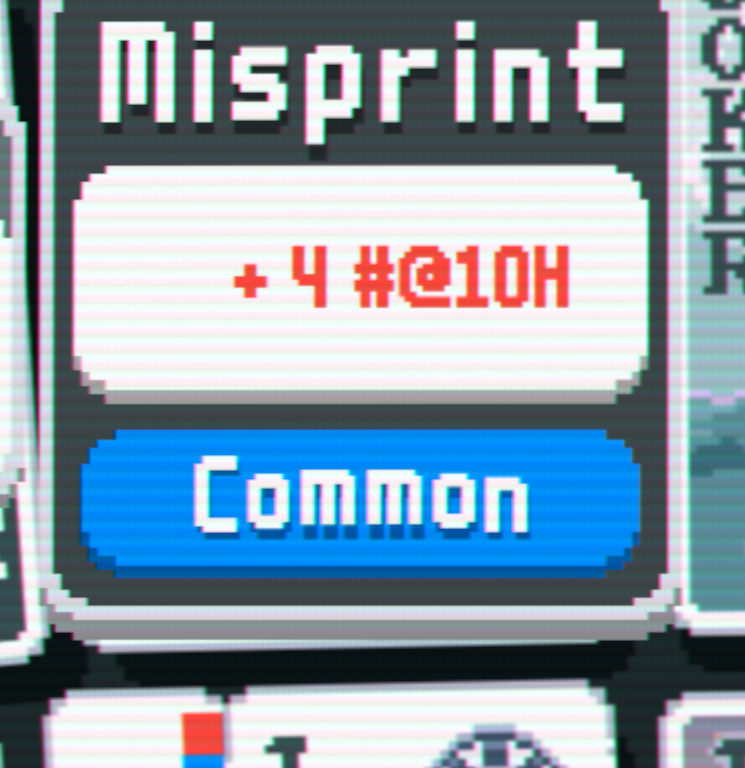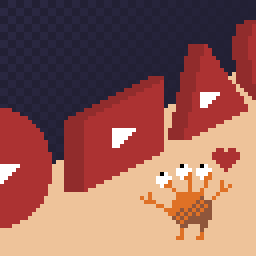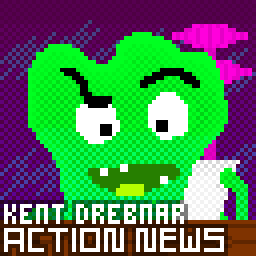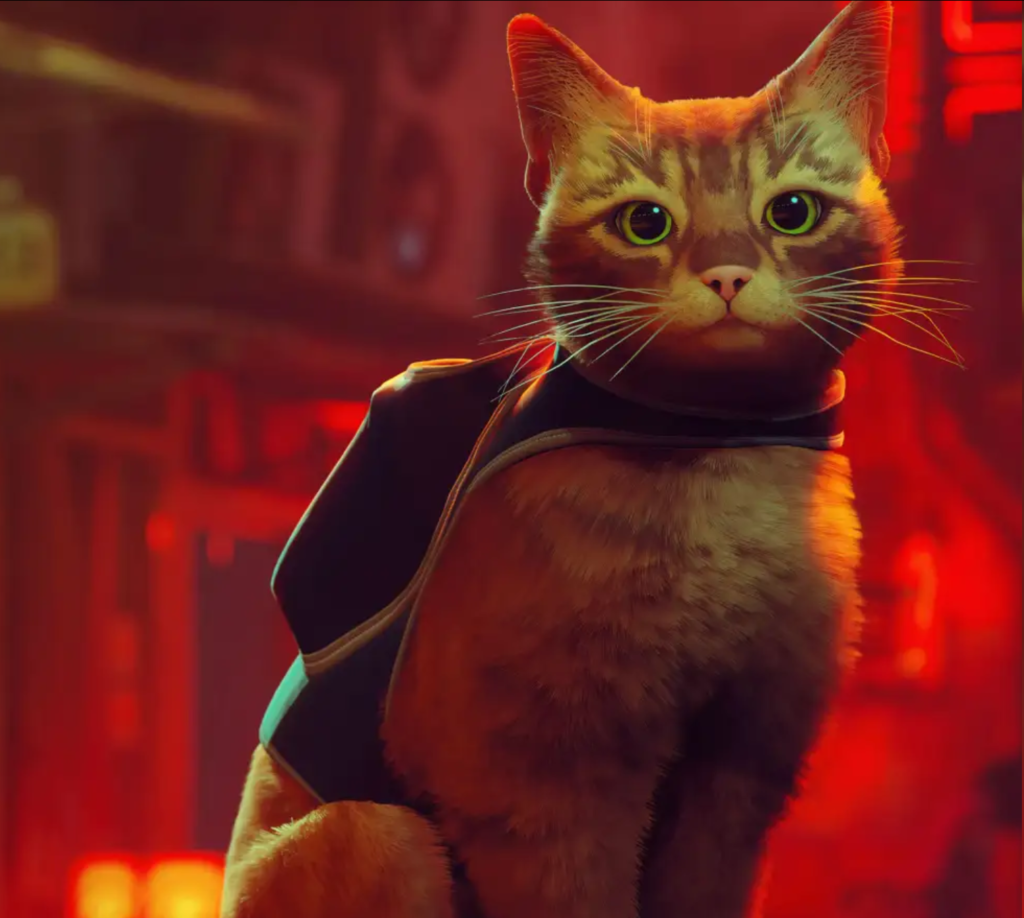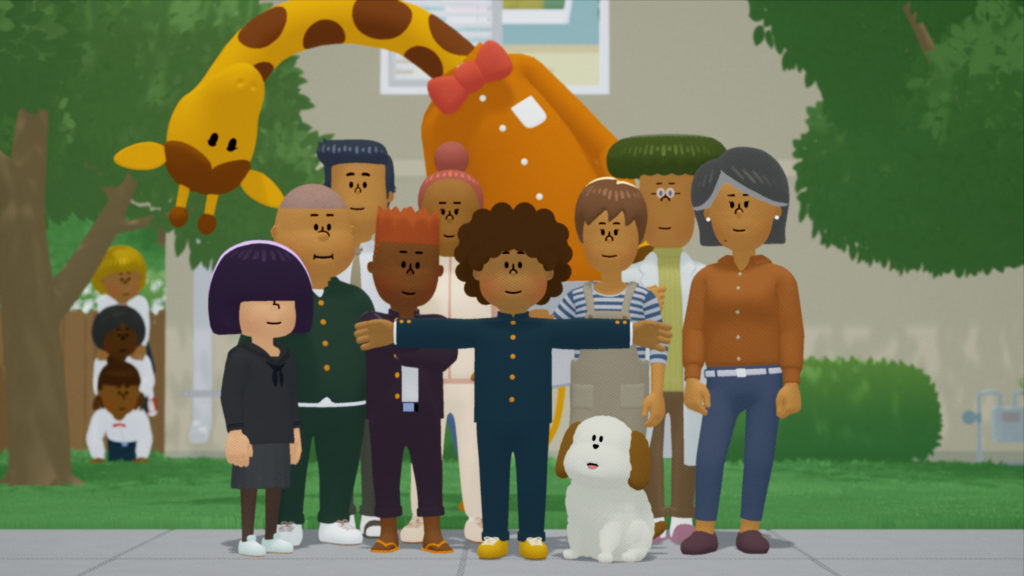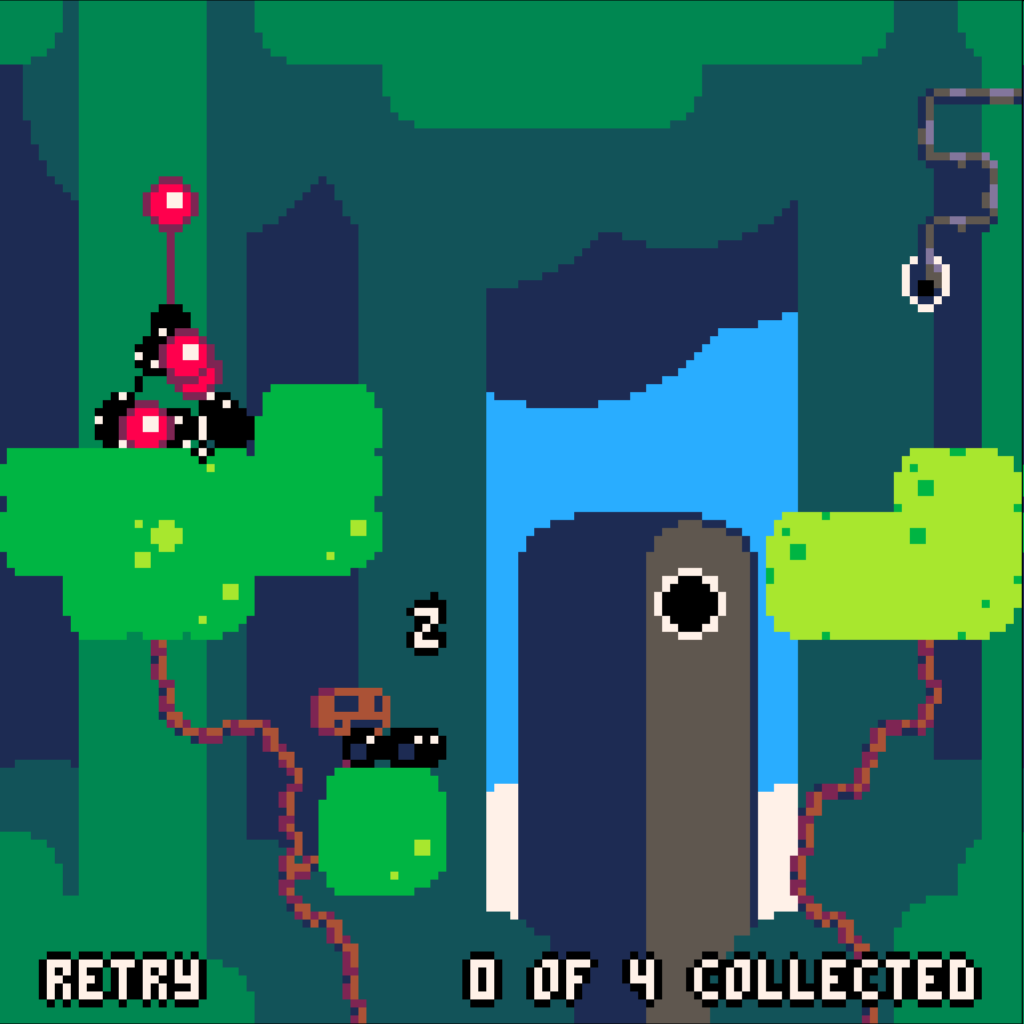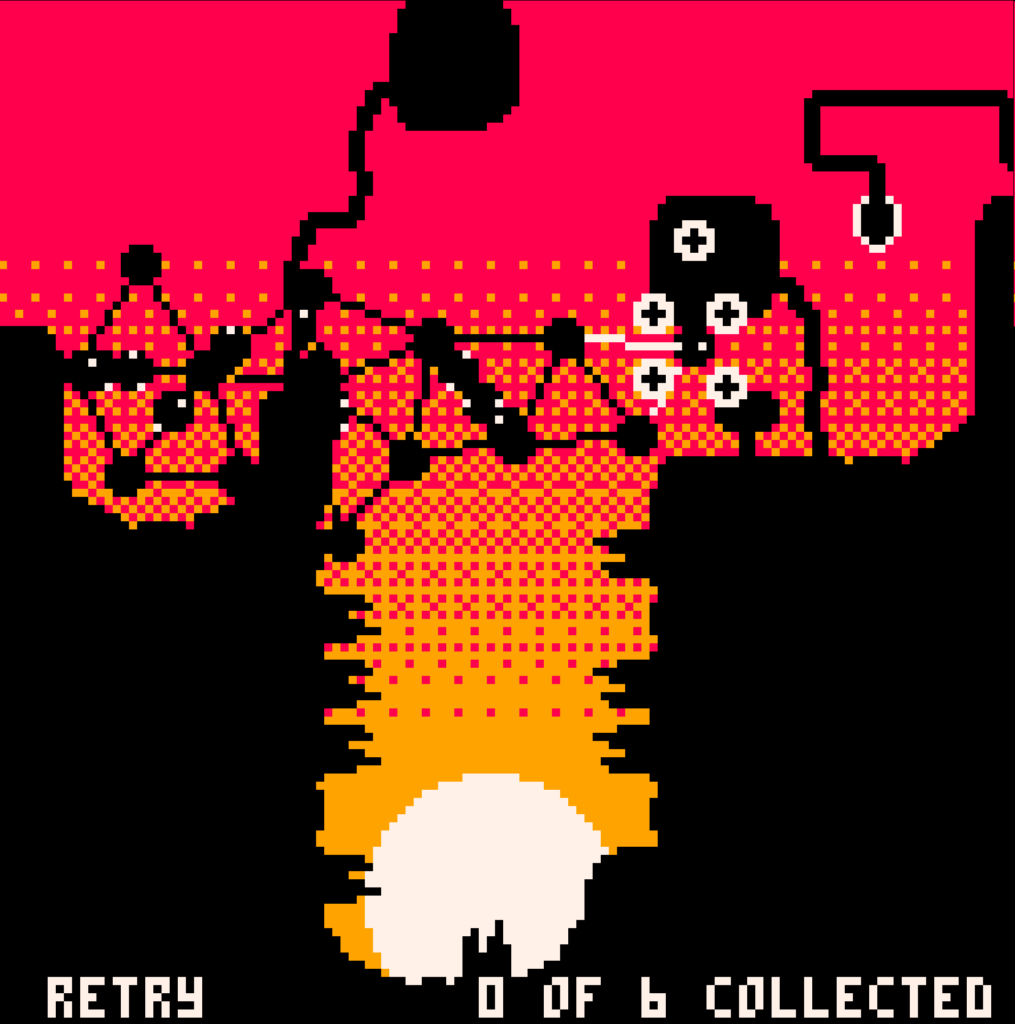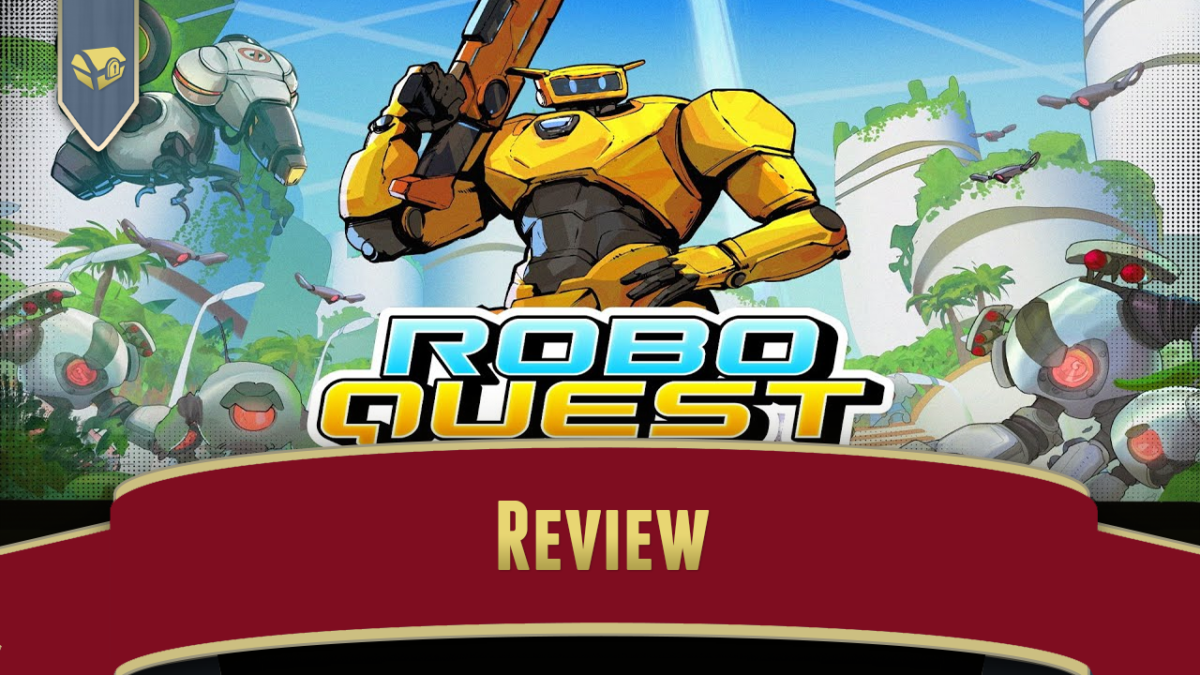An internal Nintendo metaphor for the Wii’s UI was “more channels for the TV.” It’s a particularly Old Dad idea for the Wii really, as even at that time broadcast TV was beginning to decline in popularity, but it may have made more sense in Nintendo’s home territory.
The experiences of these channels, the Mii Channel, the News Channel, the Weather Channel, the Shop Channel and the like, are receding in memory, although there are fan efforts to revive them and connect them to new information sources. But at the other end of their development life, of their pre-release development very little has ever been known. Early Wiis had stubs in their place, that only directed the user to installing a launch-day update. (I experienced this myself! I drove 140 miles in order to wait in a line for a Wii on its launch day, November 19, 2006. I’m objectively insane.)
Those stubs weren’t the true original versions of the Wii Channels, they had been in development within Nintendo for some time. Those development versions of the Wii software have never been leaked outside the company, but there exists footage of them from various sources. Bjohn on Youtube has compiled what we know about the development Wii Channels into a 21-minute video. Here it is:
There’s a fair amount there, including early versions of the Internet Channel and early evidence of plans to include DVD support. (The Wii has a fully-operational DVD drive, but to avoid playing a license fee to the DVD Consortium it cannot play DVDs without hacks.)
Beta Wii Channels! (Bjohn on Youtube, 21 minutes)

